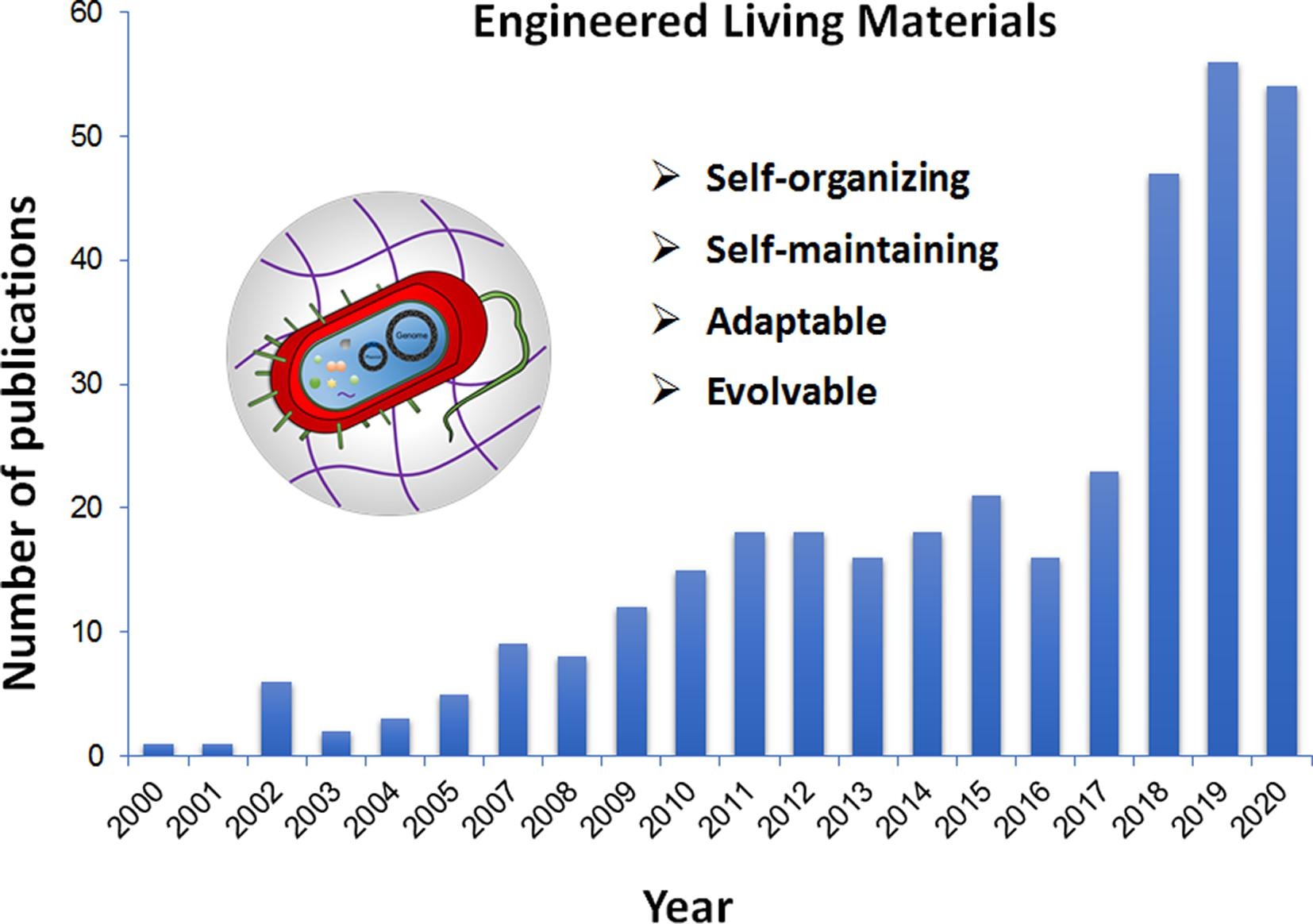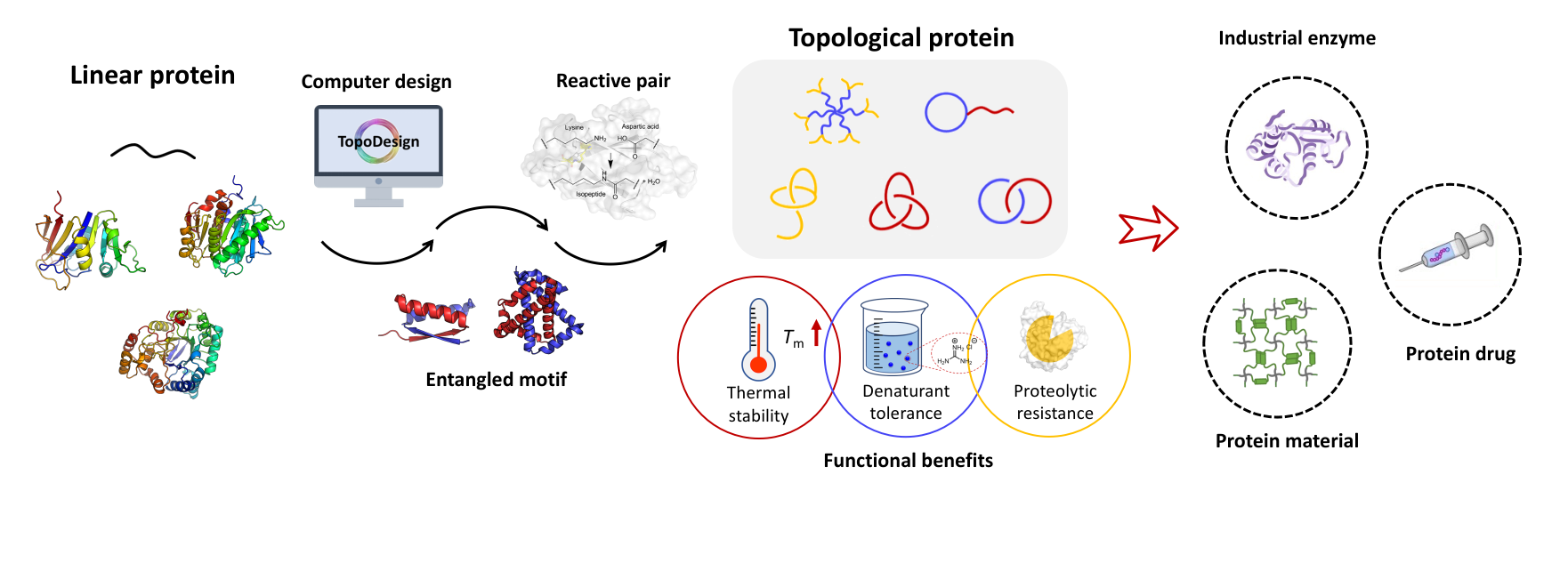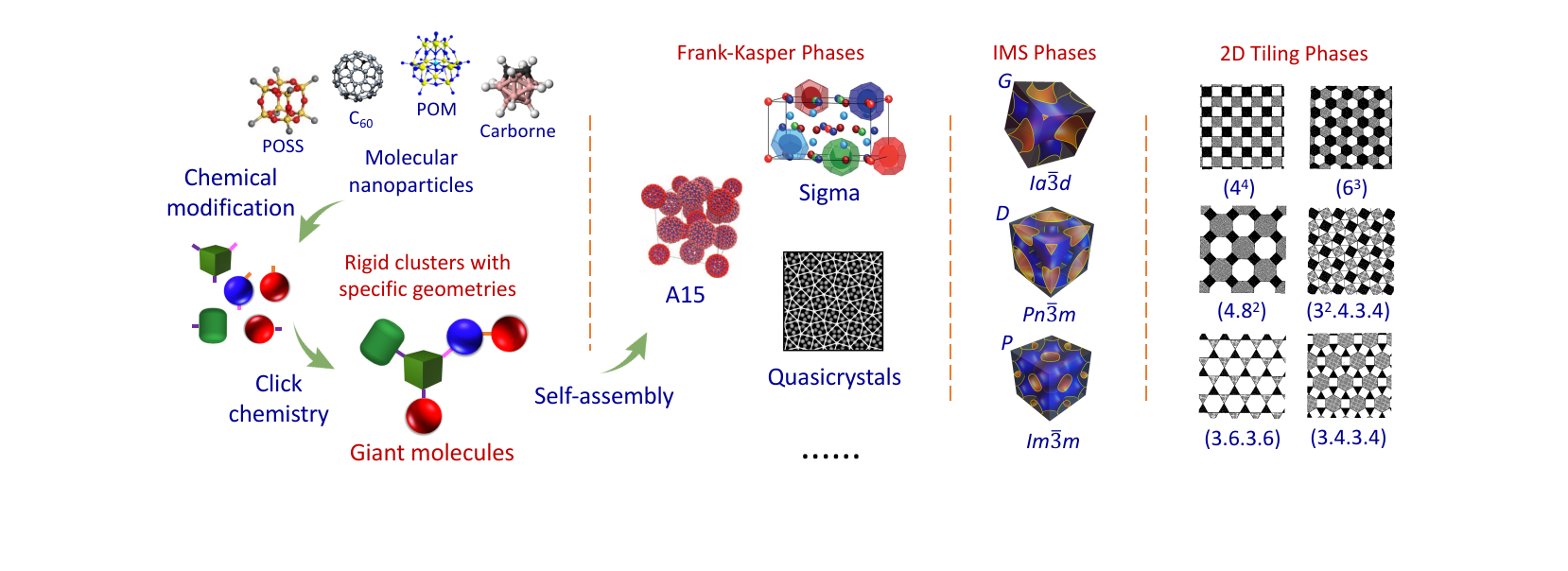箴言
在科学上没有平坦的大道,只有那些不畏艰险沿着陡峭山路攀登的人,才有希望达到光辉的顶点。
----马克思
-----------------------------------------------
合作研究
请有兴趣的研究组联系我们。欢迎任何形式的合作,尤其是在自组装、水凝胶以及生物医药等方向的合作。
------------------------------------------
研究成果
Xu, L.; Wang, X.; Sun, F.; Cao, Y.; Zhong, C.;* Zhang, W.-B.* Harnessing Proteins for Engineered Living Materials. Curr. Opin. Solid State Mater. Sci. 2021, 25, 100896.

Engineered living materials (ELMs) have drawn intense interest from both academia and industry in recent years. The essence of ELMs is the use of living cells to produce molecular building blocks, direct their hierarchical organization, and convert life into functional materials. By doing so, it confers living features on materials, including self-organization, self-maintaining, adaptability and evolvability. As the workhorse of life, proteins play an essential role in current ELM designs. To harness proteins for applications in ELMs, protein engineering is usually required to tailor their assembly, chemistry, functions, and their interactions with abiotic materials. In this review, we discuss the roles of proteins in ELMs and summarize the applications of protein engineering in developing molecular tools toward the creation of advanced ELMs with novel properties. Inspired by systems chemistry, we emphasize that future development of ELMs would benefit from a systems perspective by integrating a rich and versatile interaction network comprising multiple functional components such as genes, RNAs, proteins, and even many other abiotic components.





